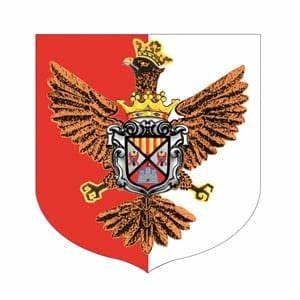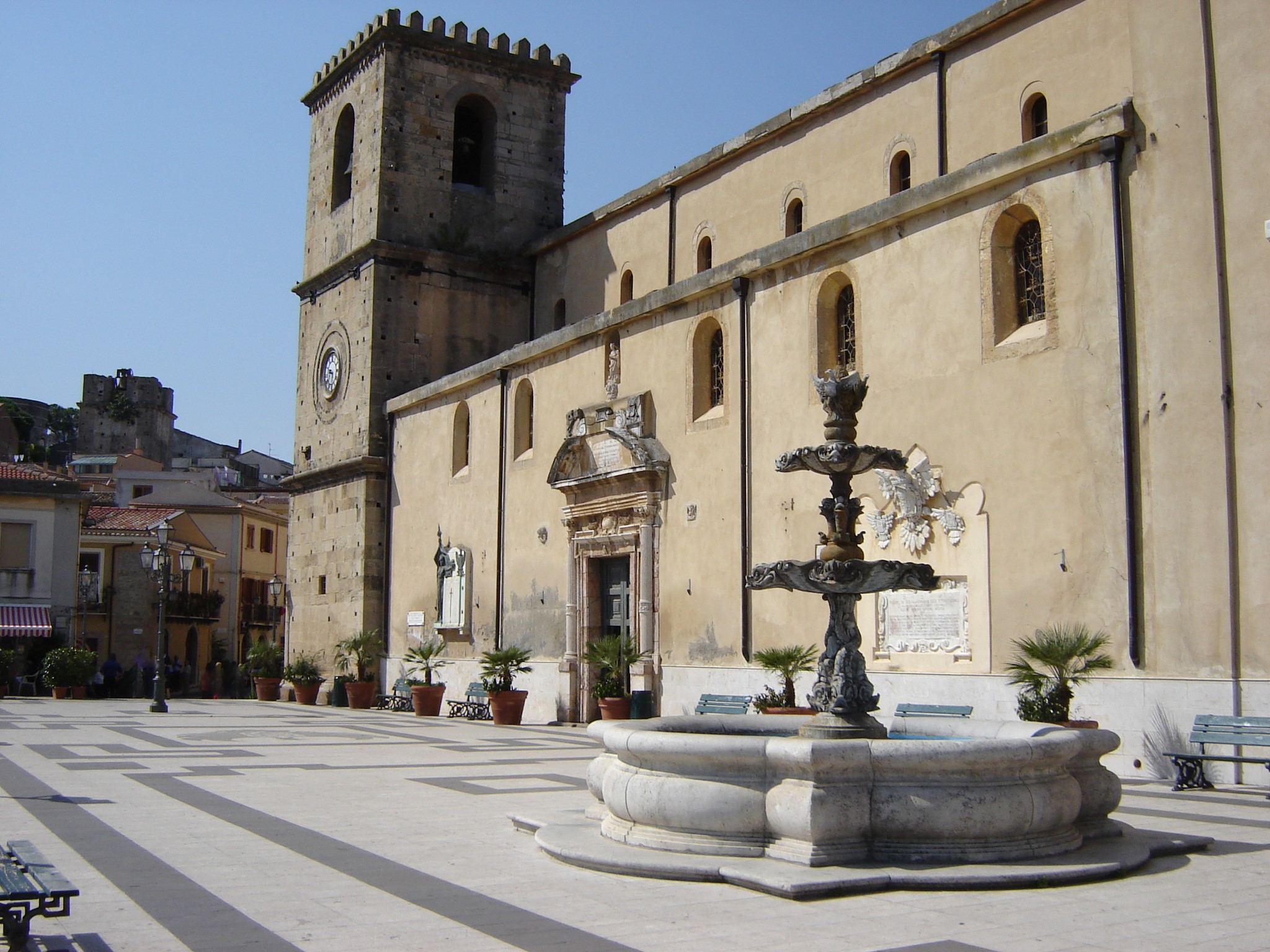

Tra i monti Peloritani sorge il Borgo di Castroreale, il suo territorio è denso di storia e leggende interessanti.
Le prime notizie del Borgo risalgono al XIV secolo con Federico III D’Aragona, con il quale il Paese conobbe momenti di importanza storica legati alla costruzione del castello, intorno al quale si fondò un nucleo abitativo che prese il nome di Castrum Regale “ Castello del Re”.
Il Borgo nel corso dei secoli ebbe momenti di grande prestigio ed un notevole benessere economico, turistico e culturale e preserva tutt’ora le tracce delle popolazioni che lo hanno abitato: arabi, normanni, aragonesi, spagnoli e Borboni.
Ancora oggi Castroreale è un gioiello siciliano e nei suoi sentieri acciottolati, le facciate degli edifici ricche di antichi materiali, le fasce in pietra lavica sui lati delle strade è facile riconoscere l’avvicendarsi delle civiltà e degli eventi storici.
Molti sono gli edifici religiosi che lo caratterizzano: il Duomo, la Chiesa di Sant’Agata, la Chiesa delle Candelore, tutte meravigliose opere ricche di affreschi.
Anche gli edifici civili sono di grande interesse: la Torre di Federico, il Monte di Pietà ed il meraviglioso Planetario.
Le manifestazioni sono prevalentemente di ordine religioso, come la Festa della Candelora e la processione del Cristo Lungo, principale celebrazione del Borgo.
(English)
The village of Castroreale rises among the Peloritani Mountains, its territory is rich in history and interesting legends.
The first news of the village date back to the fourteenth century with the king Federico III of Aragon, with whom the village experienced periods of historical importance linked to the construction of the castle, around which was founded a settlement that took the name of Castrum Regale “Castle of the King”.
The village, over the centuries, had periods of great prestige and a considerable economic, tourist and cultural prosperity, and it preserves, still today, traces of the populations who lived there: Arabs, Normans, Aragoneses, Spanishes and Bourbons.
Castroreale is still a Sicilian jewel and in its cobblestone paths or in the facades of buildings rich in ancient materials and in the lava stone bands on the sides of the streets, it’s easy to recognize the succession of civilizations and its historic events.
There are many religious building that characterize it: the Cathedral, St. Agatha’s Church, Candlemas’ Church; all of them are wonderful works, that are full of frescoes.
Also the civil building are extremely interesting: the tower of Federico, the Pawn Shop and the wonderful Planetarium.
The events are mostly religious , as the Feast of the Candlemas and the procession of Long Christ, which is the main celebration of the village.